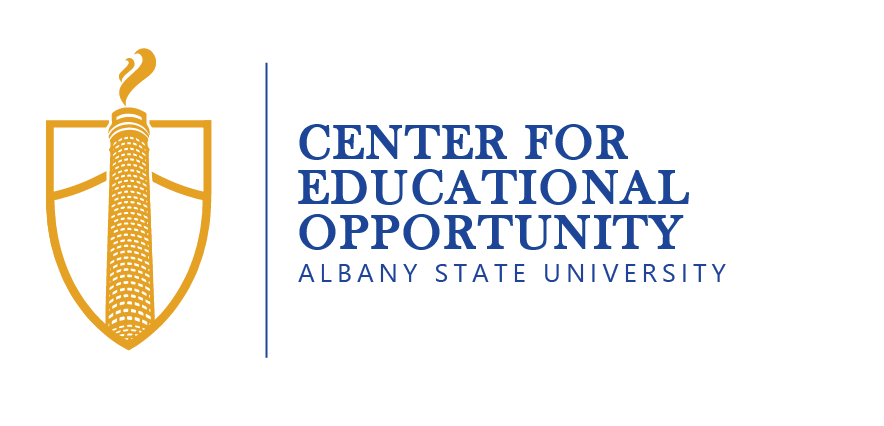Black Homeschooling Is A Choice
By: Jamilah Hawkins
In some circles, homeschooling has been controversial in the black community due to the hardships African-Americans faced who fought for equal educational opportunities. Brown v. Board of Education was passed in 1954 to enforce the integration of public schools for Black and Brown students and their White counterparts. Many Black family members and education activists fought long and hard for those rights. However, nowadays there is a rise in the numbers of Black parents who are choosing to homeschool as a way to protect and do what they believe is best for their children.
Paula Penn-Nabrit, an African American scholar and writer who homeschooled her children in the 1990s, experienced this situation firsthand and addressed her reasonings for choosing homeschool. “A lot of people felt that because my family was intimately involved in the effort to integrate schools, that for me to pull my children out of schools was a betrayal of all that work,” she said. “But it really wasn’t. The case had nothing to do with what I, as a parent, decide I want for my child. That decision meant the state can’t decide to give me less than, but I can decide I want more than” (Huseman, 2015).
Since the historic Brown v. Board of Education decision in 1954 until today in 2020, we are still experiencing racial disparities in education. Homeschooling has become an outlet for Black families to take a stand for their children and express their liberation and choice. For some families, homeschooling is a protest against the oppressive, marginalizing, and devaluing behavior that Black families have experienced in public school systems. Black neighborhood schools are disproportionately underfunded and curriculums overwhelmingly lack cultural and historical representation.
One of the hallmarks of Black homeschooling is that African American parents are implementing Afro-centric curriculums that teach their children about the historical contributions of Black people. This affirms them and helps to build a strong foundation that promotes confidence and self-esteem.
There are several ways that African-Americans enter the homeschooling space — either via homeschooling or unschooling. Homeschooling often refers to the act of making the decision to educate their children prior to attending public, private, or charter schools. Unschooling is the act of taking their children out of an educational institution not meeting their child’s needs and having to rethink and redefine school on their own terms. In addition, there are several strategies for conducting homeschooling – via co-ops or microschools. Both co-ops and microschools value the importance of community and collaboration in which parents contribute their skills to providing lessons, classes, extracurricular services to the children and families involved.
In light of the inequities that were laid bare by COVID-19 school shutdowns, more and more Black families say that they intend to continue homeschooling. In fact, Dr. Cheryl Fields-Smith, co-founder of Black Family Homeschool Educators and Scholars says she’s seen a dramatic increase in homeschooling inquiries due to COVID-19.
In my opinion, it is simply time to stop fighting for the system, and we surely should not still be fighting with the system. This is not to say that those who advocated for integration of schools were wrong for fighting for inclusion, but if decades have gone by and racial injustices persist to the detriment of Black students, then it is time to go back to the drawing board and write a new game plan.
There should be no condemnation towards Black parents who choose to homeschool their children. Homeschooling may well be a way to put an end to the massive achievement gap and institutionalized discrimination and racism that festers in public education institutions. Yes, the fight continues to this day, but Black parents who choose to homeschool are winning this battle in their own way.
Jamilah Hawkins is an education major at Albany State University. She is a 2020 research intern at the Albany State University Center for Educational Opportunity.

